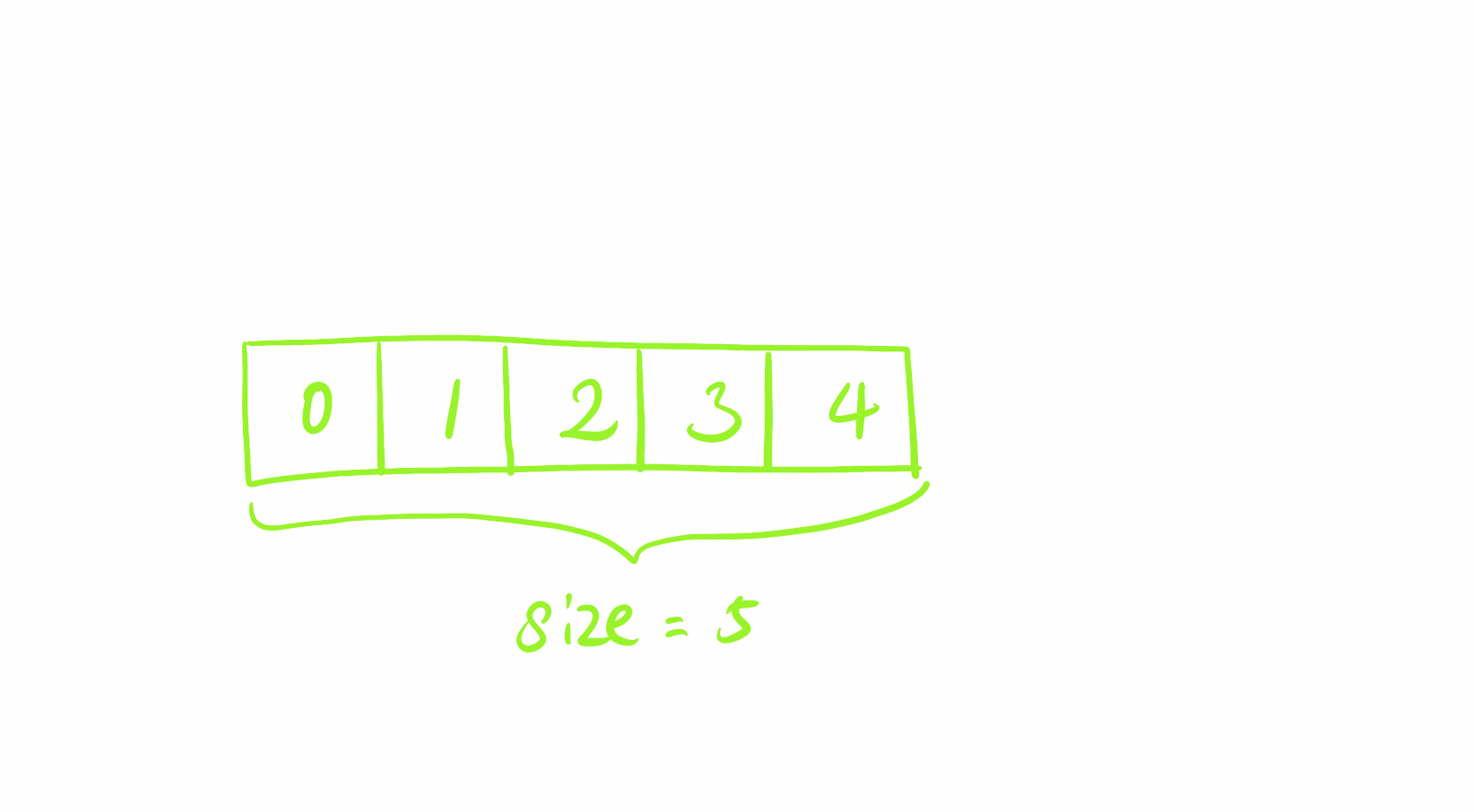List 最常用的几种操作有:
- 插入元素,比如 insert、append、extend;
- 弹出元素,比如 pop、delete;
- 切片 slice;
今天主要看一下 List 如何增加元素。最简单的增加 1 个元素,代码如下:
// Objects/listobject.c:285
static int
ins1(PyListObject *self, Py_ssize_t where, PyObject *v)
{
Py_ssize_t i, n = Py_SIZE(self);
PyObject **items;
// 省略一些无关的错误处理代码
// 调整 List 大小
if (list_resize(self, n+1) < 0)
return -1;
// 计算负数位置
if (where < 0) {
where += n;
if (where < 0)
where = 0;
}
if (where > n)
where = n;
// 插入位置之后的元素后移
items = self->ob_item;
for (i = n; --i >= where; )
items[i+1] = items[i];
// 增加 v 的索引,并将 v 设置到插入位置。
Py_INCREF(v);
items[where] = v;
return 0;
}
省略一些无关代码,插入一个元素的过程比较简单:
- 调整 List 大小到 n + 1;
- 将插入位置之后的元素后移 1 个单元,腾出插入数据的空间;
- 在 where 处插入数据;
需要注意的是 list_resize 并一定会真的发生 realloc 操作,实际上它只在预分配空间不足,或者预分配空间太多时才发生内存操作,其他时候只是调整 ob_size 的数值。插入 1 个元素的过程看起来这样:


